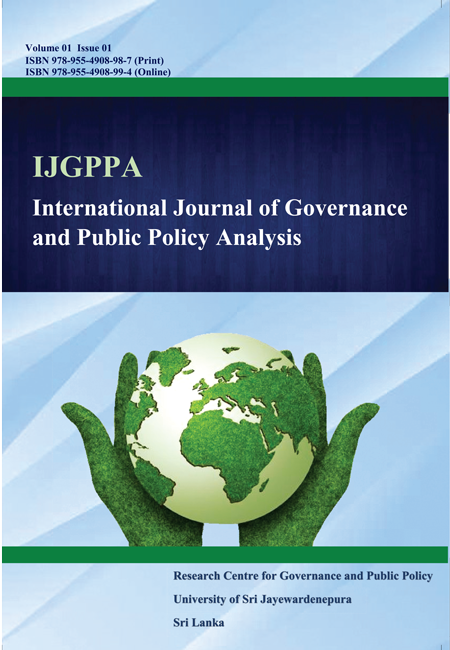New Economic Strategies to Leave No One Behind: A Case Based on Himachal Pradesh of India
Abstract
The tag line of the Sustainable Development Goals (SDGs) is to ‘leave no one behind’. The basic thrust and need today is, if not eradicate, then at least take steps to alleviate poverty. The common goals given by the United Nations has been the most unique and mammoth achievement to which 193 countries, including India, pledged to work to attain the SDGs goals. Inclusive Sustainable Development depends upon the relief of poverty of the marginalised and the extremely poor. This is not to undermine the fact that the other indicators like health, education, clean water, environment and other SDGs can be ignored but the masses living in misery without a square meal a day cannot fathom life beyond the basic needs. The SDGs require rapid and absolute transformation of societies across the world to achieve the SDGs by 2030. The Government of India has initiated many programmes and as directed the states to formulate their budgets in alignment with the SDGs. The main purpose of this paper is to discusses poverty alleviation attempts initiated by the State of Himachal Pradesh in India. This study is mainly based on the secondary data. Himachal Pradesh has successfully maintained a balanced economic growth by minimizing the poverty rate through appreciable development results. The state managed to decrease poverty four times in between the years 1993-94 and 2011. In Himachal Pradesh, approximately 90 % of the population lives in the rural areas. It is commendable that the state has achieved a reduction in the rural poverty from 36.8% to 8.5%. This shows that the state has achieved the goals of SDG to a considerable extent and its 73 methods must be considered as good practices for the other developing nations.Downloads
Published
2020-12-03

